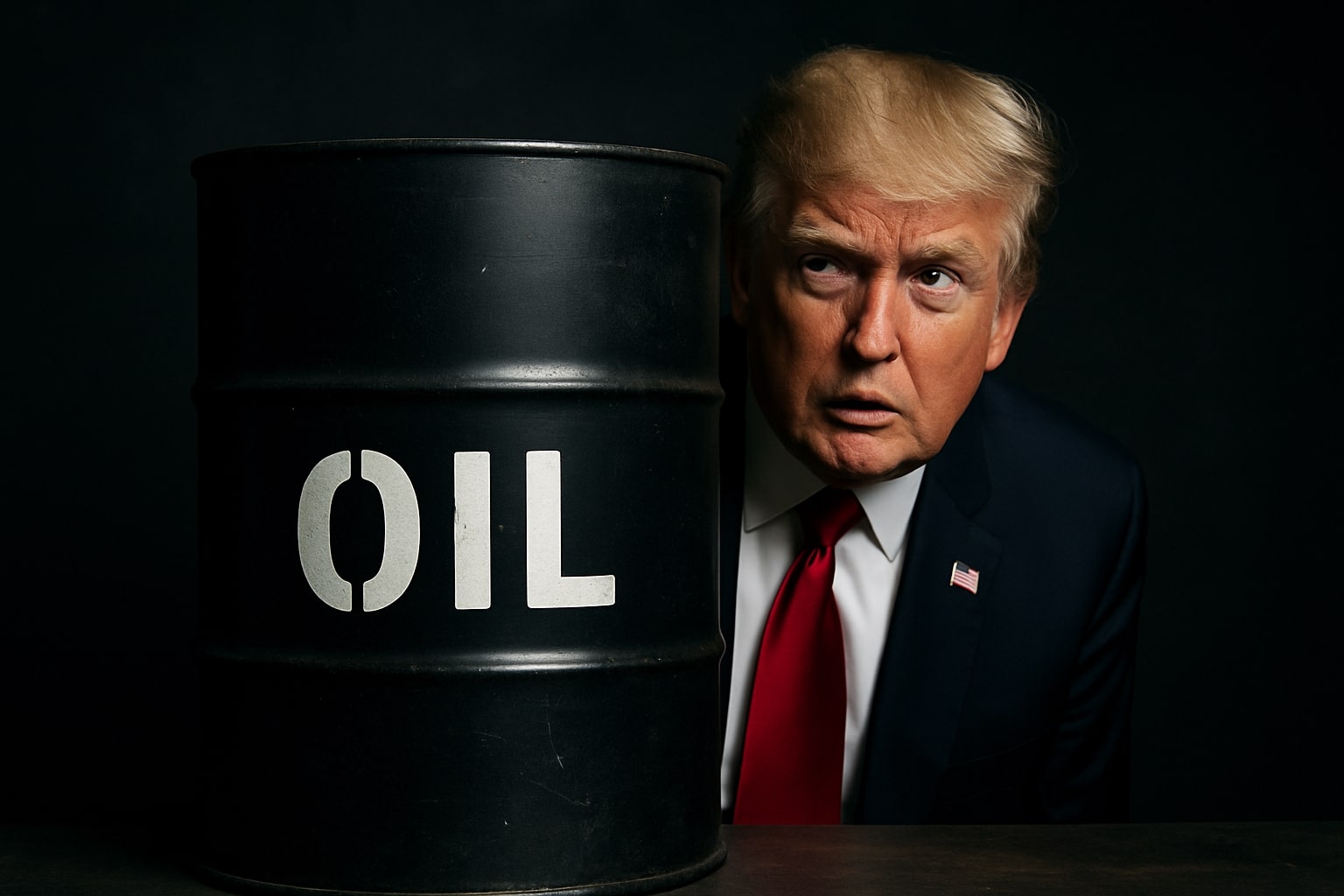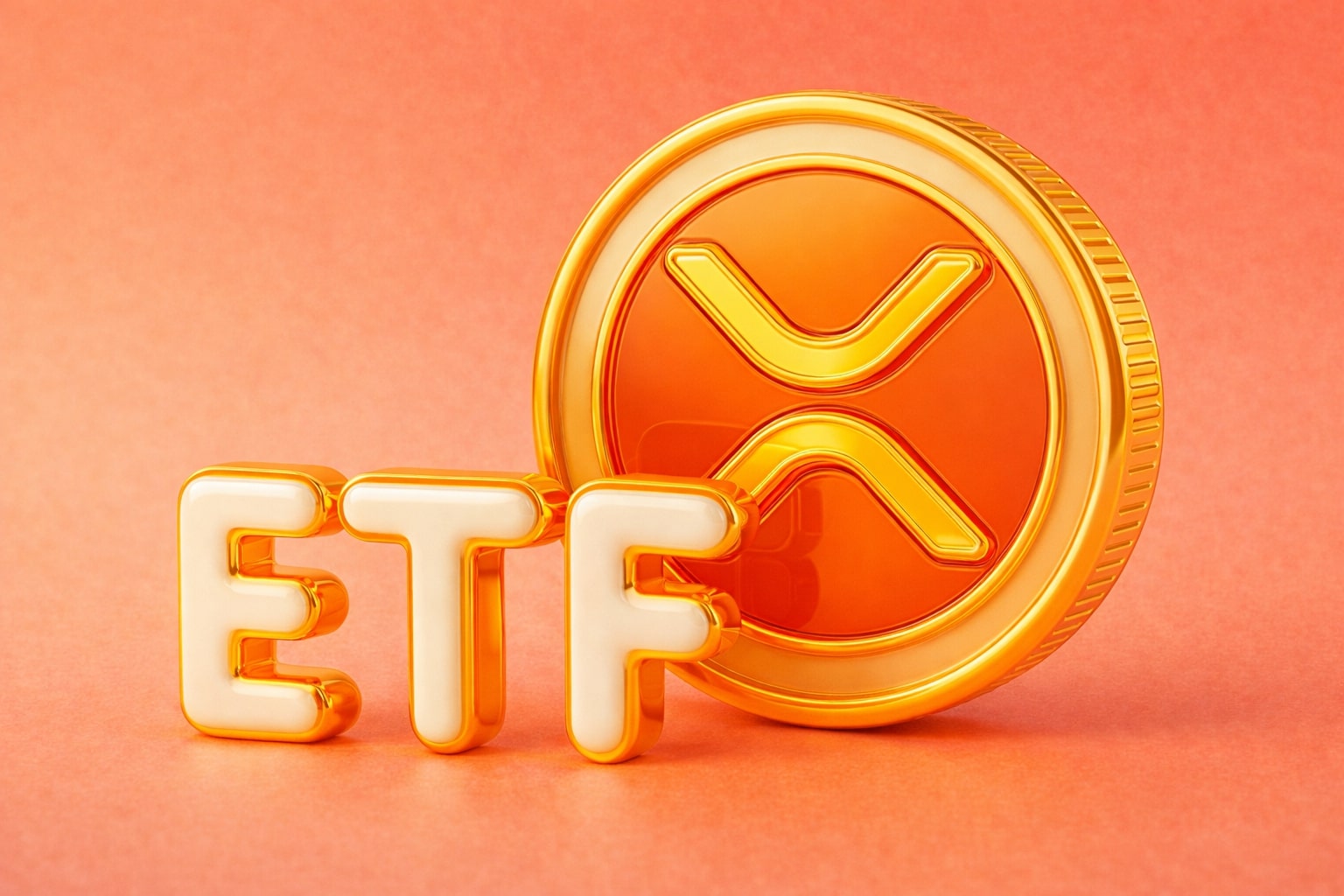
WTI and Brent Rally as Trump’s Oil Price Strategy, Russian Sanctions, and Chinese Imports Drive Tight Market
Oil Price Outlook: Trump Targets $70 WTI While EU Floats $47 Russian Cap, China Lifts Crude Imports 7.4% | That's TradingNEWS
WTI (CL=F) and Brent (BZ=F) Rally Toward $72 as Trump Doctrine, Russian Sanctions, and China Imports Tighten Global Supply
Brent (BZ=F) and WTI (CL=F) Reclaim 3-Week Highs Amid Policy Shocks and Supply Constraints
Oil markets surged to three-week highs as Brent rose to $71.25 and WTI (CL=F) climbed to $69.38, driven by a convergence of U.S. sanctions pressure, rising Chinese crude imports, and a renewed focus on Russia’s export strategy. The rally reflects not just temporary supply tightness, but a strategic reshaping of the global oil order led by U.S. President Donald Trump’s aggressive pricing framework. Traders now anticipate a breakout above $72.50 Brent and $70.90 WTI, if political tailwinds escalate.
Trump’s Oil Price Doctrine Pressures Saudi Aramco and OPEC
Donald Trump’s second-term energy strategy enforces an artificial price ceiling between $40–$75 Brent, designed to preserve U.S. economic momentum while suppressing geopolitical pricing power from Saudi Arabia. Saudi fiscal breakeven remains above $90.9 Brent, placing Aramco in fiscal jeopardy. Despite cutting its quarterly dividend by $38.9 billion and reporting a 5% YoY profit decline, Aramco faces rising debt as it scrambles for liquidity via bond sales and divestments. It recently raised $5 billion in bonds and may offload power assets, as its IPO promise of consistent mega-dividends is unraveling.
Trump’s warning to Crown Prince Mohammed bin Salman in 2020 — withdrawal of U.S. troops and full dissolution of the 1945 pact — still looms large. The U.S. now has NOPEC legislation ready for rapid passage, targeting OPEC+ with anti-cartel lawsuits that could freeze over $1 trillion in Saudi U.S.-based assets and forcibly restructure Aramco. This keeps Brent prices constrained near $70, well below Saudi Arabia’s fiscal comfort zone, but perfectly aligned with Trump’s voter-focused inflation control strategy.
Russia Faces Floating Oil Cap As EU Pushes 18th Sanction Package
The European Union is finalizing its 18th sanctions package against Russia, aiming to enforce a floating oil price cap starting at approximately $47/barrel, down from the ineffective static $60 cap. The proposed floating mechanism sets Russian crude at 15% below the trailing 22-week average, compressing Russian revenue while avoiding broad market disruptions. This comes as Russian seaborne oil exports dropped 3.4% MoM to 8.98 million metric tons, and Brent slipped briefly below $70 in late June after Middle East tensions faded.
The U.S. has resisted pushing for a lower cap due to parallel ceasefire discussions, but the EU’s independent maneuvering now intensifies downside pressure on Urals crude, which already trades at a $12–$13 discount to Brent. With European nations nearing consensus and Slovakia’s objections softening, implementation is likely within days. The shift reinforces the West’s playbook of financial attrition, amplifying structural headwinds for Russian production and crude revenue stability.
China’s Crude Imports and Strategic Inventory Patterns Lift Global Demand Optics
China imported 12.14 million bpd of crude in June, a 7.4% YoY increase and the highest level since August 2023. While inventories are building, much of this oil remains on ships or in secondary storage, not primary tanks — indicating either strategic hoarding or a future release to soften prices. This is supporting price action across both Brent and WTI as traders bet on a re-acceleration of Chinese refinery throughput and demand uplift during H2 2025.
UBS and other analysts warn that visible supply remains tight, particularly with Russian exports declining and Saudi volumes capped by political limits. The International Energy Agency (IEA) recently projected that market balances are tighter than public data shows, especially if China continues importing at current run-rates. Meanwhile, expectations of a “major announcement” from Trump on Russia and Ukraine could serve as a price catalyst, especially if tied to additional military support or sanctions packages.
Brent-WTI Spread Narrows As Global Policy Risk Reprices Oil Futures
The Brent-WTI spread has narrowed toward $1.90, a signal of synchronized upward pressure from both global and U.S.-centric events. The spread compression reflects not just arbitrage mechanics but a recalibration of political premium risk. Trump’s commitment to maintaining WTI near $70 aligns with inflation control policies ahead of the U.S. election cycle, where historical correlation shows every $10 oil swing equates to $0.25–$0.30/gallon gasoline price change — translating to $1 billion+ in annual consumer spending shifts per cent change in fuel.
As such, the U.S. has a clear incentive to cap prices while ensuring domestic producers remain profitable above the $35 WTI breakeven for mature shale basins. Meanwhile, OPEC’s inability to counteract this strategic suppression — without triggering political backlash or legal risk — continues to stifle upside volatility.
Verdict: HOLD Oil Near $70–$72 As Geopolitical Tension Supports Floor, Policy Caps Ceiling
Oil markets are now boxed into a tight range between geopolitically-driven floor levels and policy-enforced ceilings. While rising demand from China, reduced Russian output, and structural tightness support Brent near $71–$72, political intervention from both Trump’s doctrine and EU sanctions restrain breakout potential. The upside remains capped near $75 Brent, while downside risk appears contained unless ceasefire talks with Russia materialize into firm deals. For now, HOLD positions in oil between $69–$72, and prepare for high-volatility, low-trend scenarios as markets digest the evolving Trump-Saudi-Russia axis.
That's TradingNEWS
Read More
-
UCO ETF Price Forecast: Can NYSEARCA:UCO at $18.57 Ride a 2026 Oil Squeeze?
18.12.2025 · TradingNEWS ArchiveStocks
-
XRPI at $10.50 and XRPR at $14.93 Hit XRP ETF Lows While XRP-USD Holds $1.84 After 30 Days of Inflows
18.12.2025 · TradingNEWS ArchiveCrypto
-
Natural Gas Price Forecast: Henry Hub Holds Around $4 as EIA Draw Hits 167 Bcf
18.12.2025 · TradingNEWS ArchiveCommodities
-
USD/JPY Price Forecast: Pair Holds Above 155 As BoJ And US CPI Set Up A Major Break
18.12.2025 · TradingNEWS ArchiveForex
















